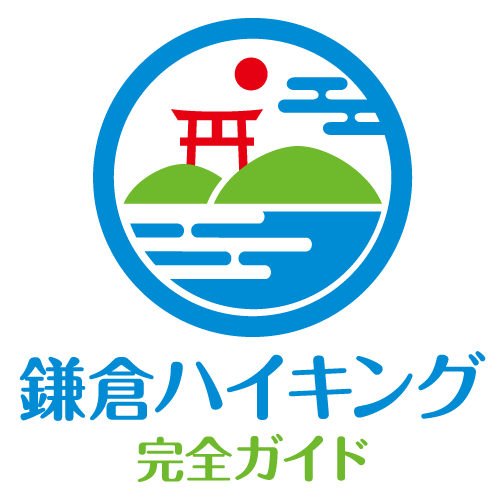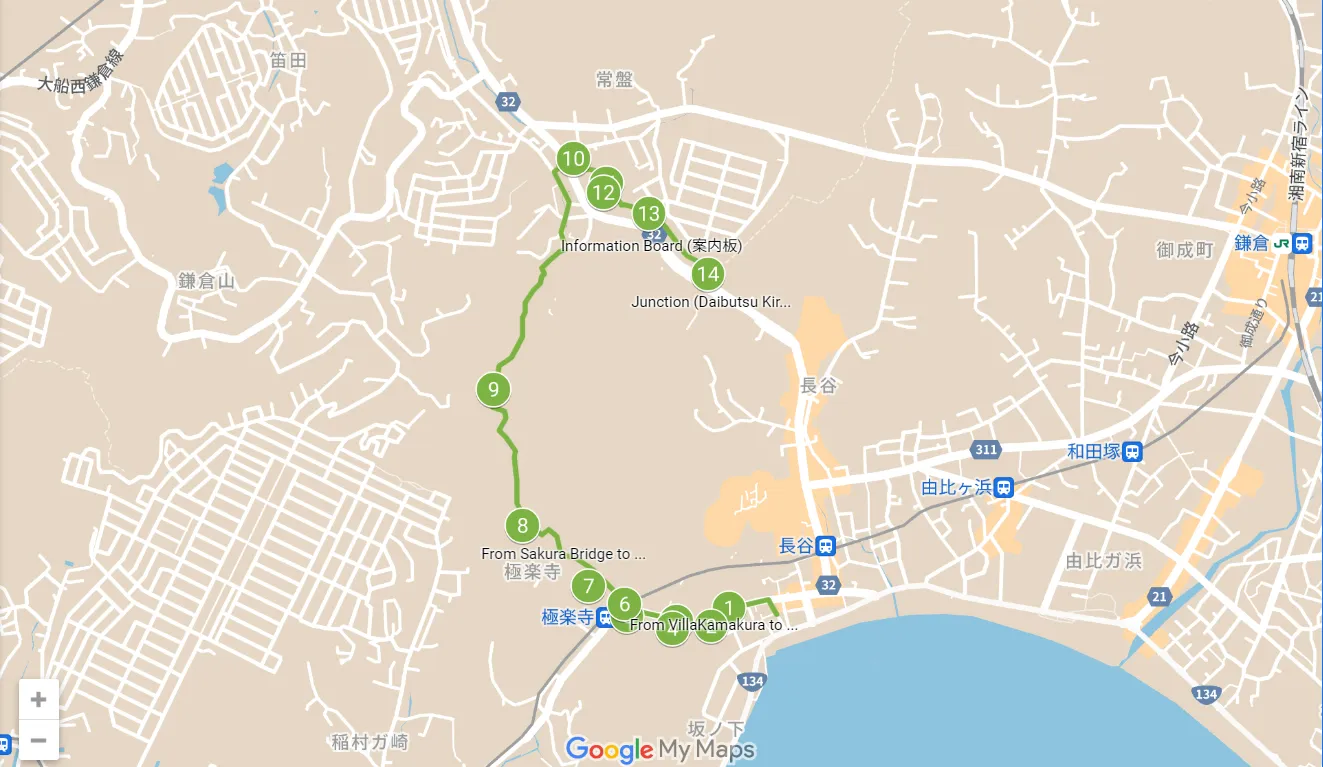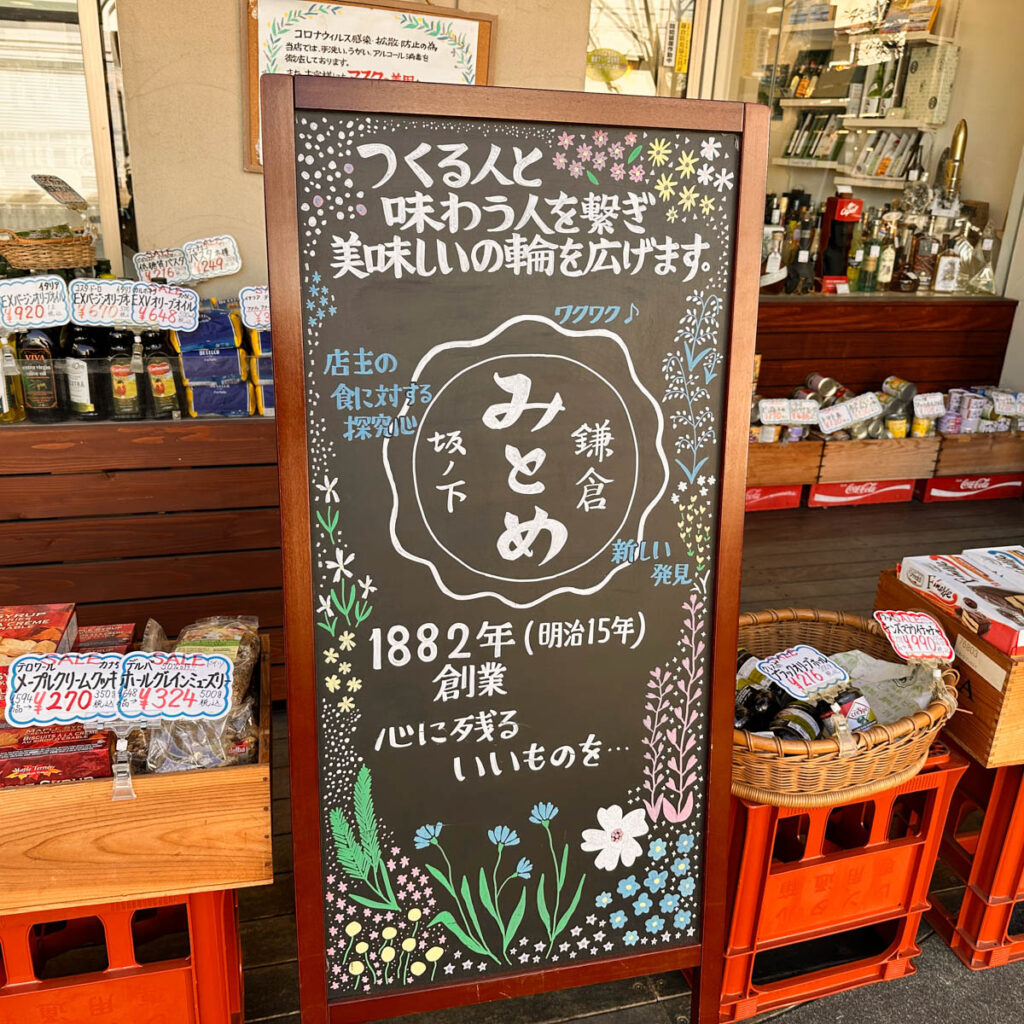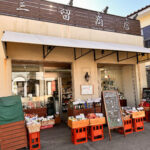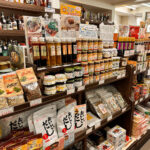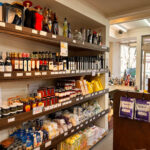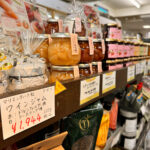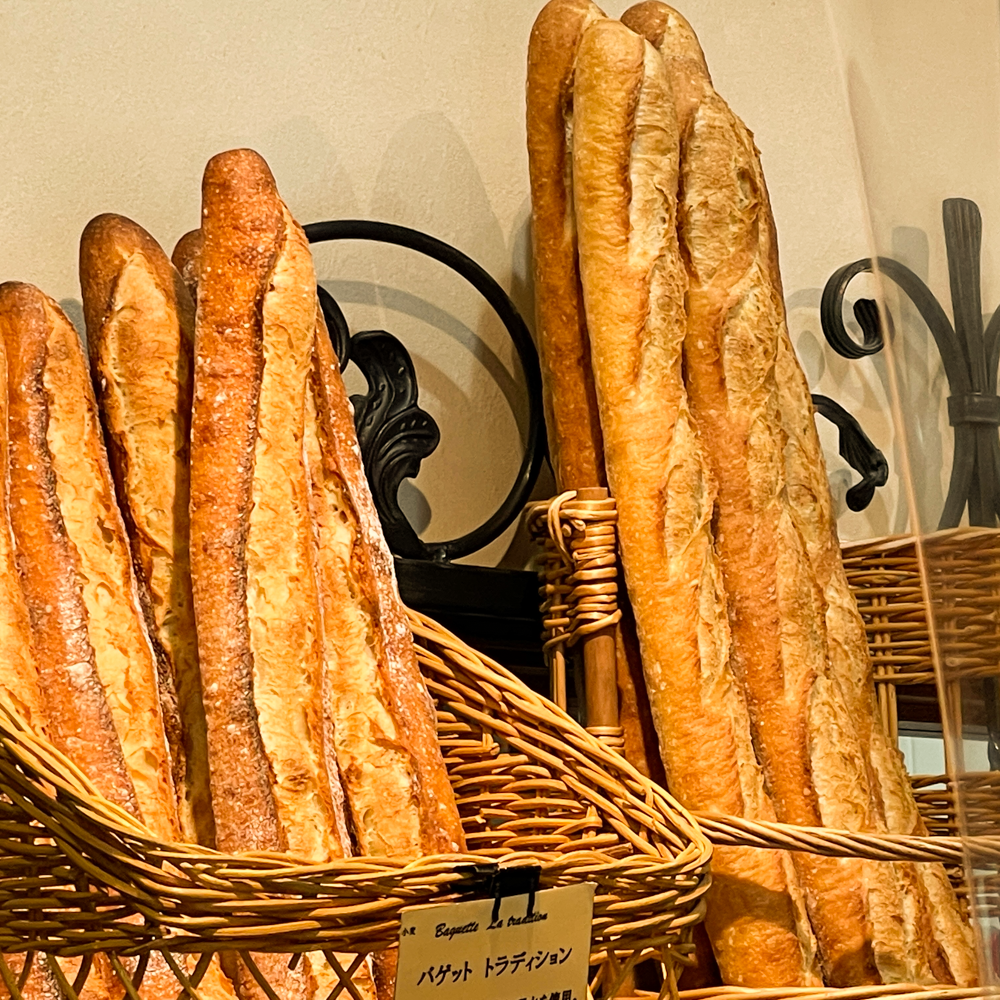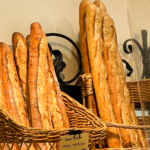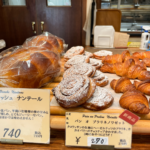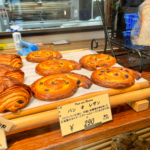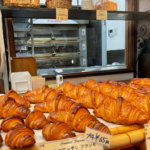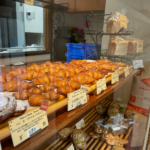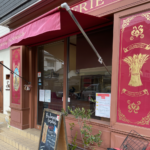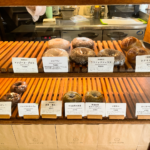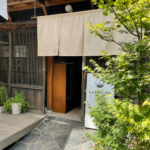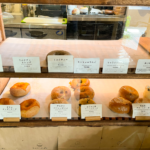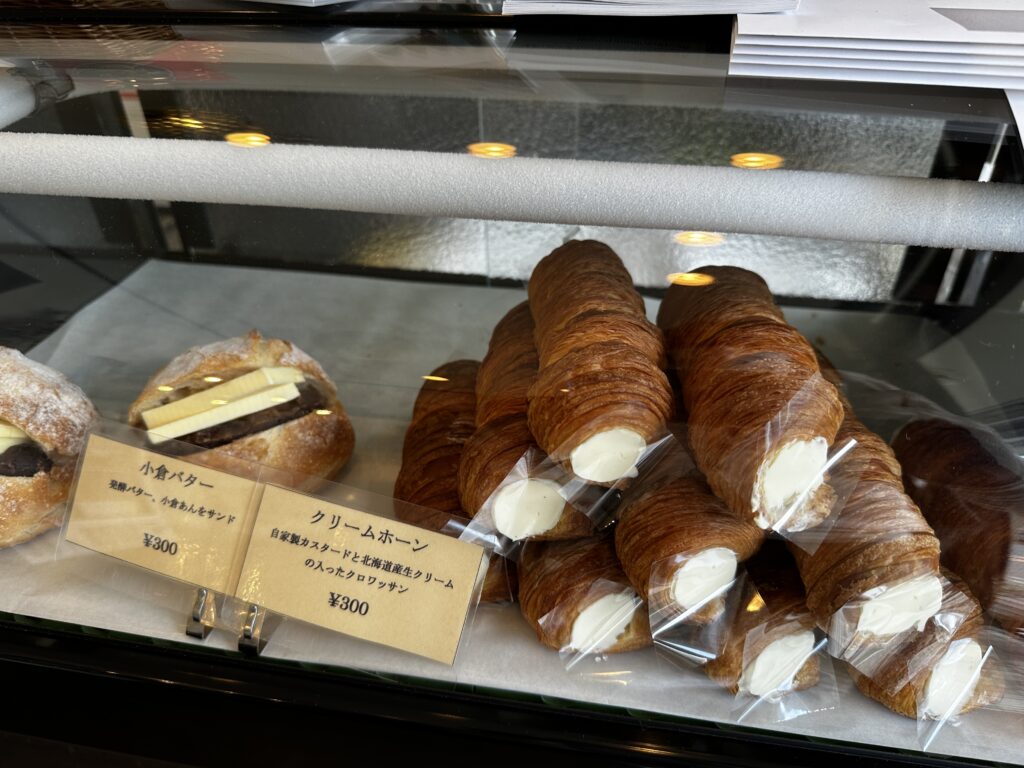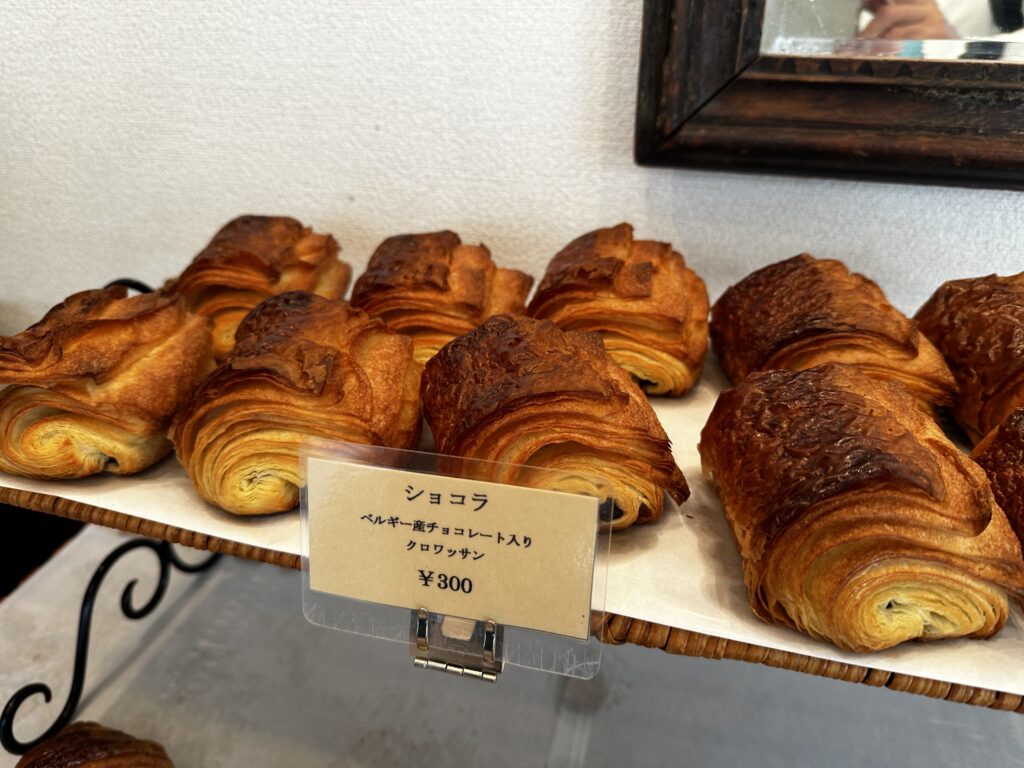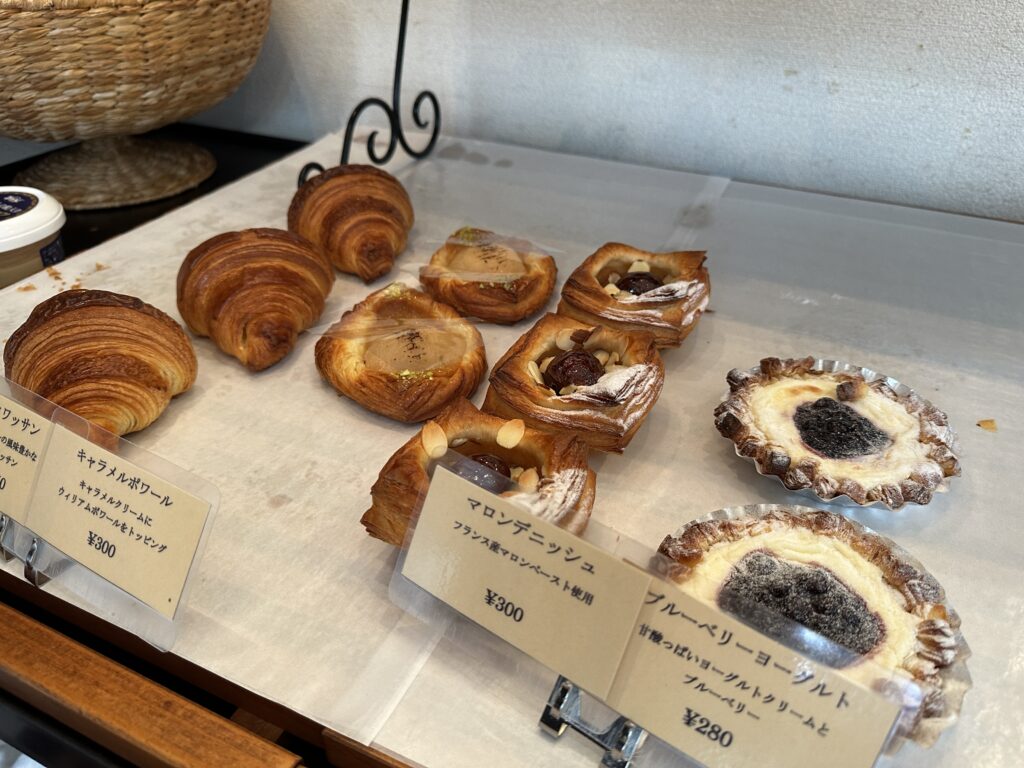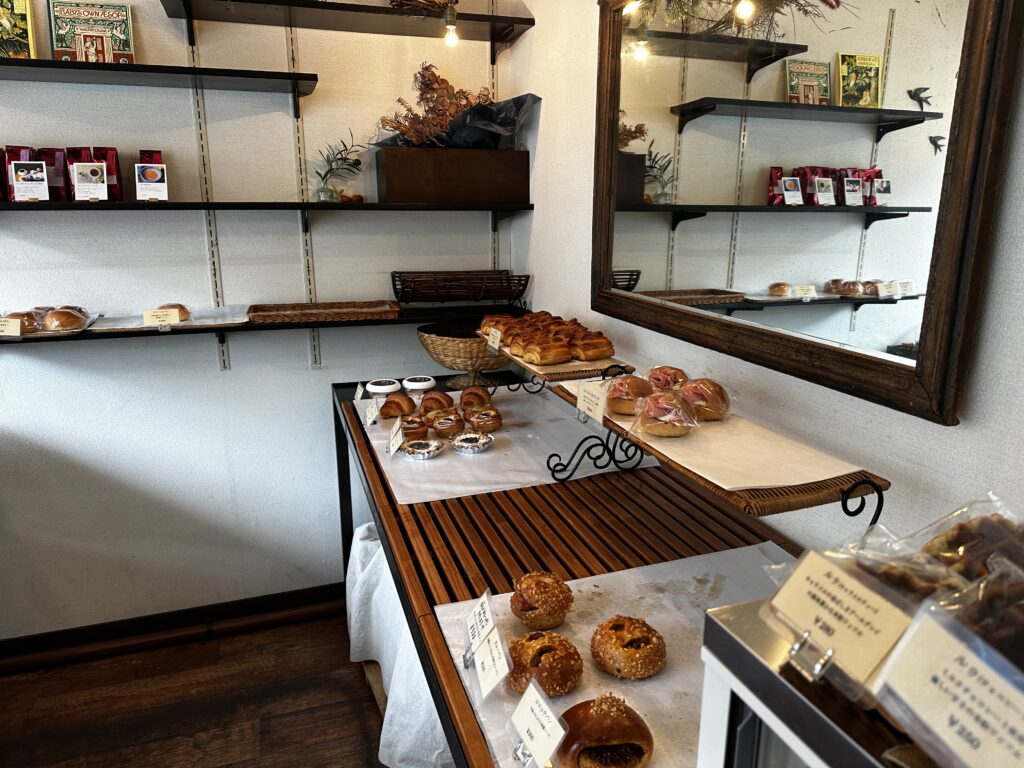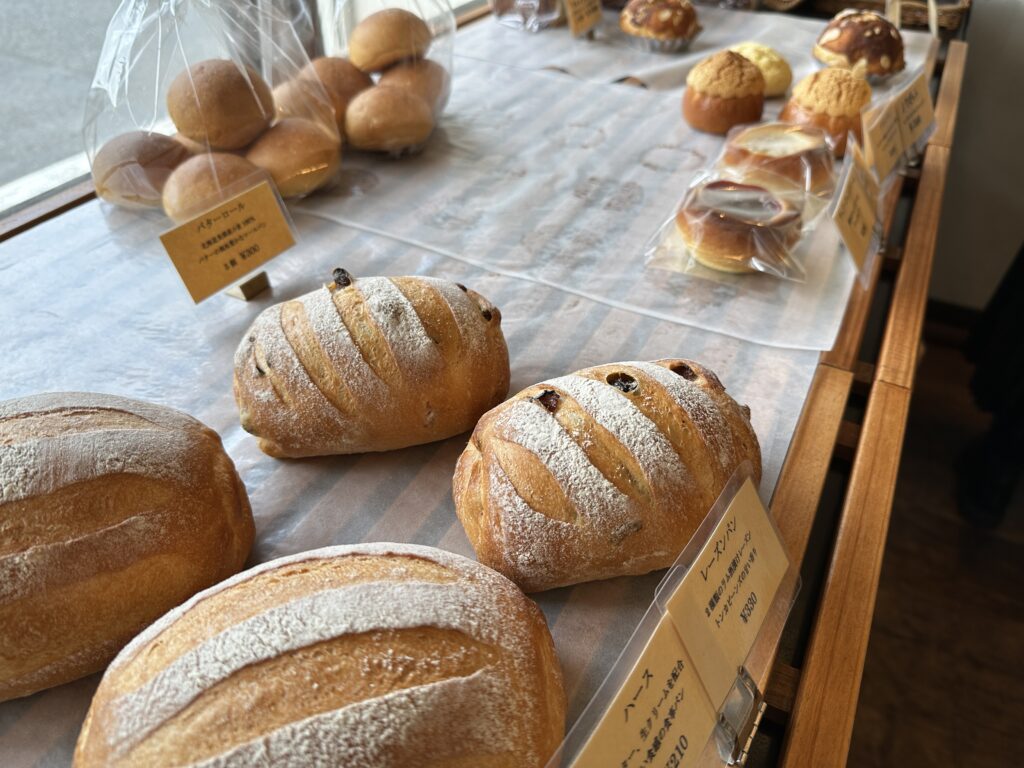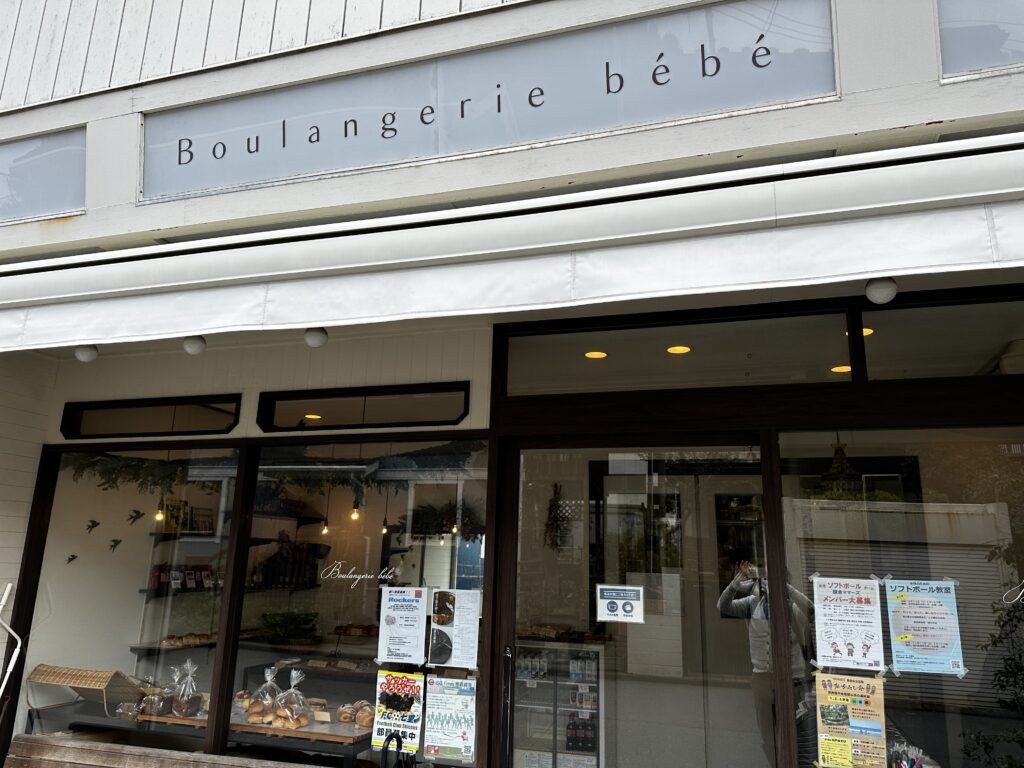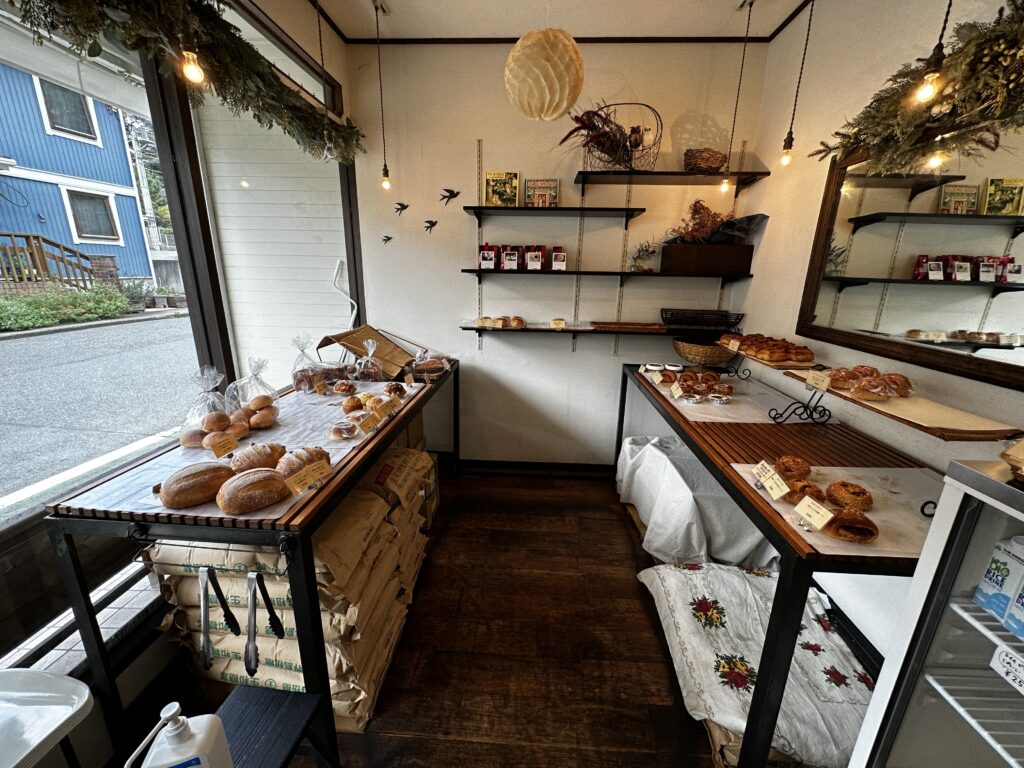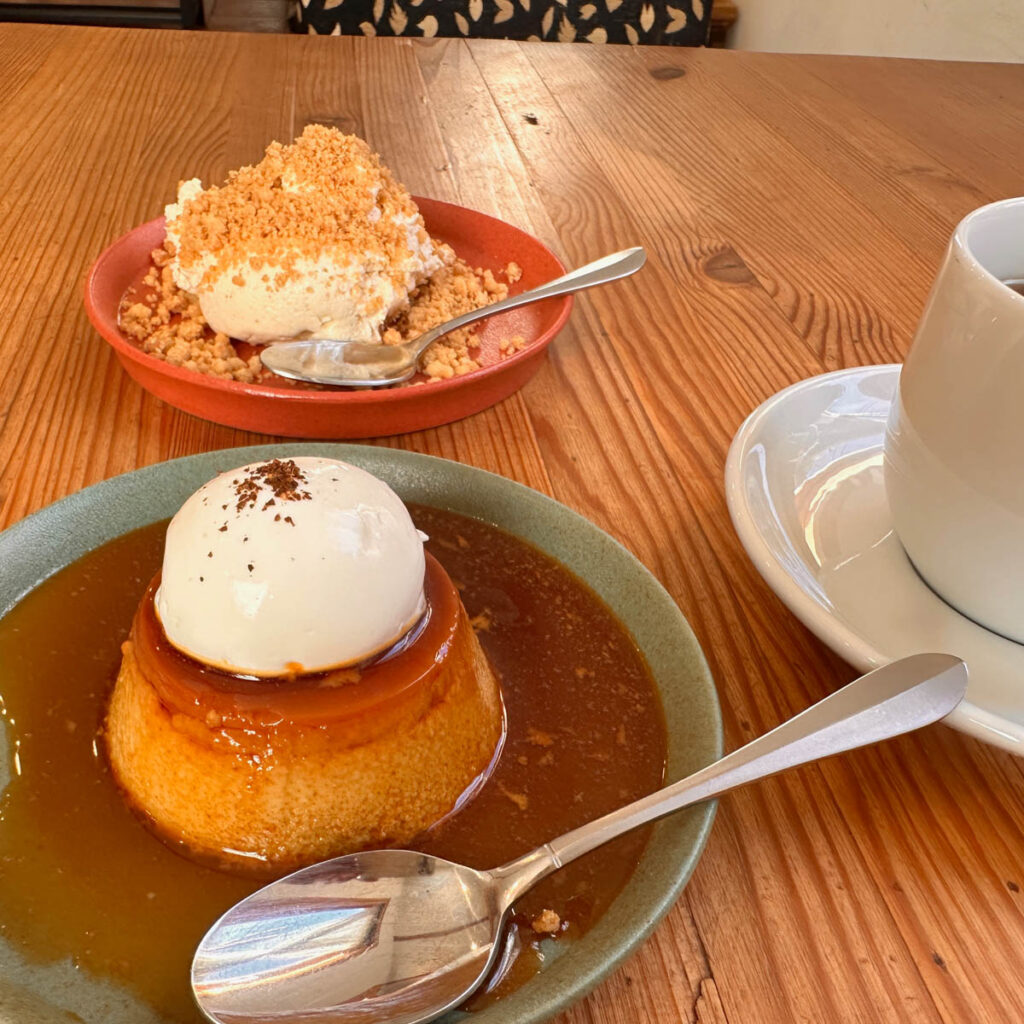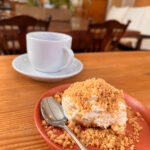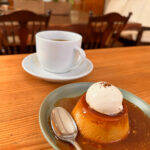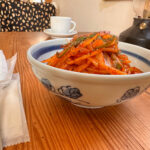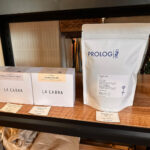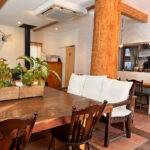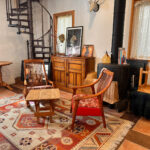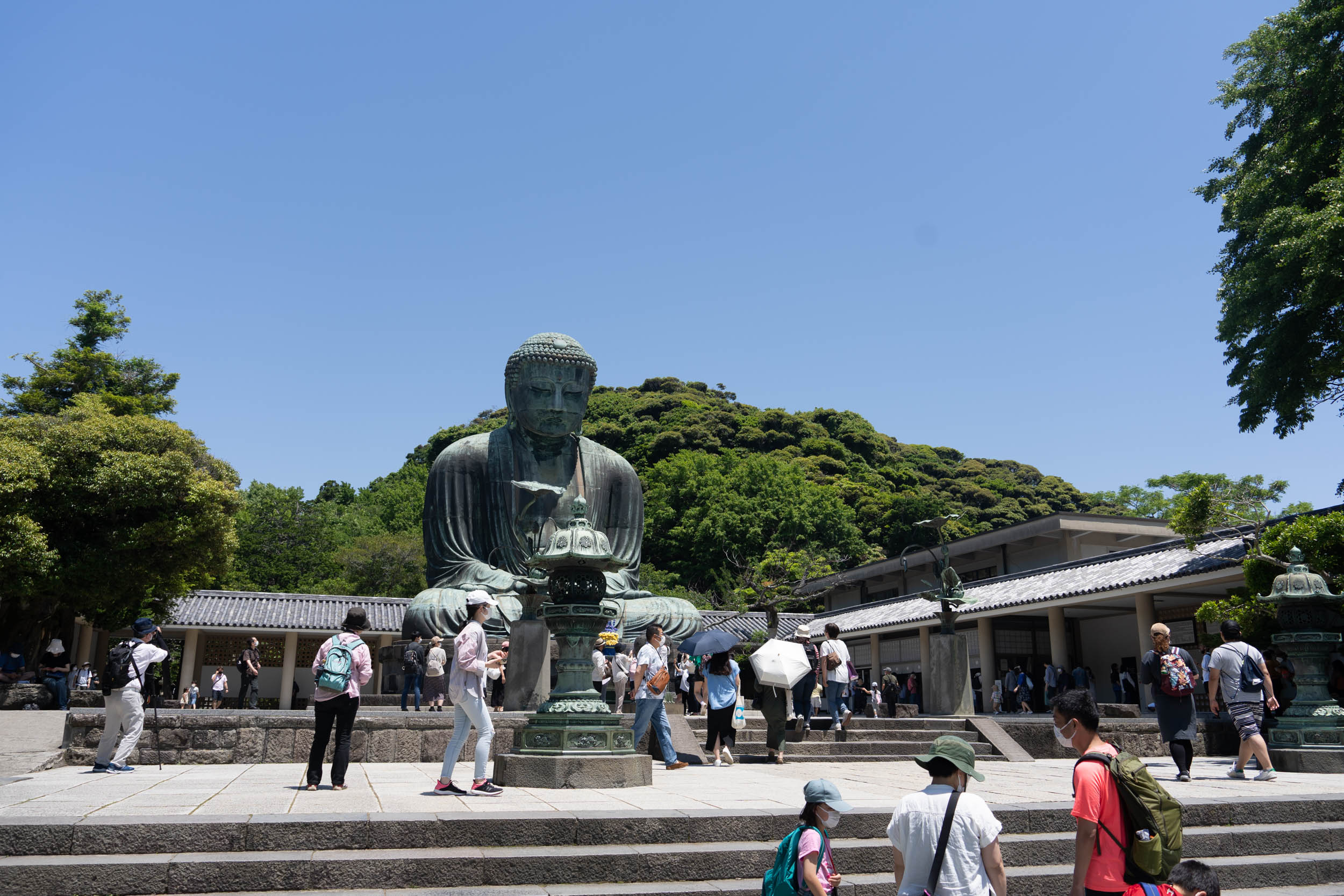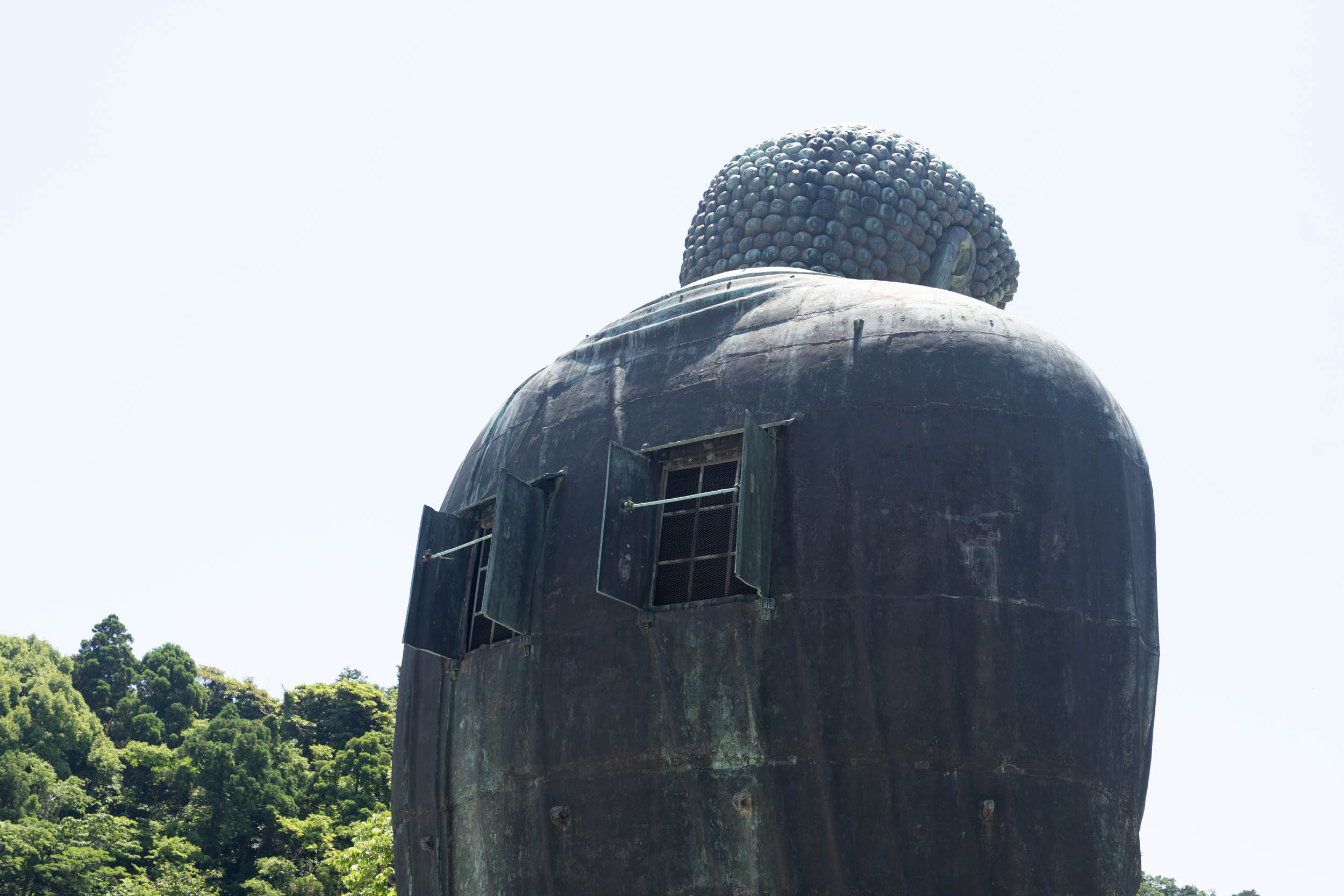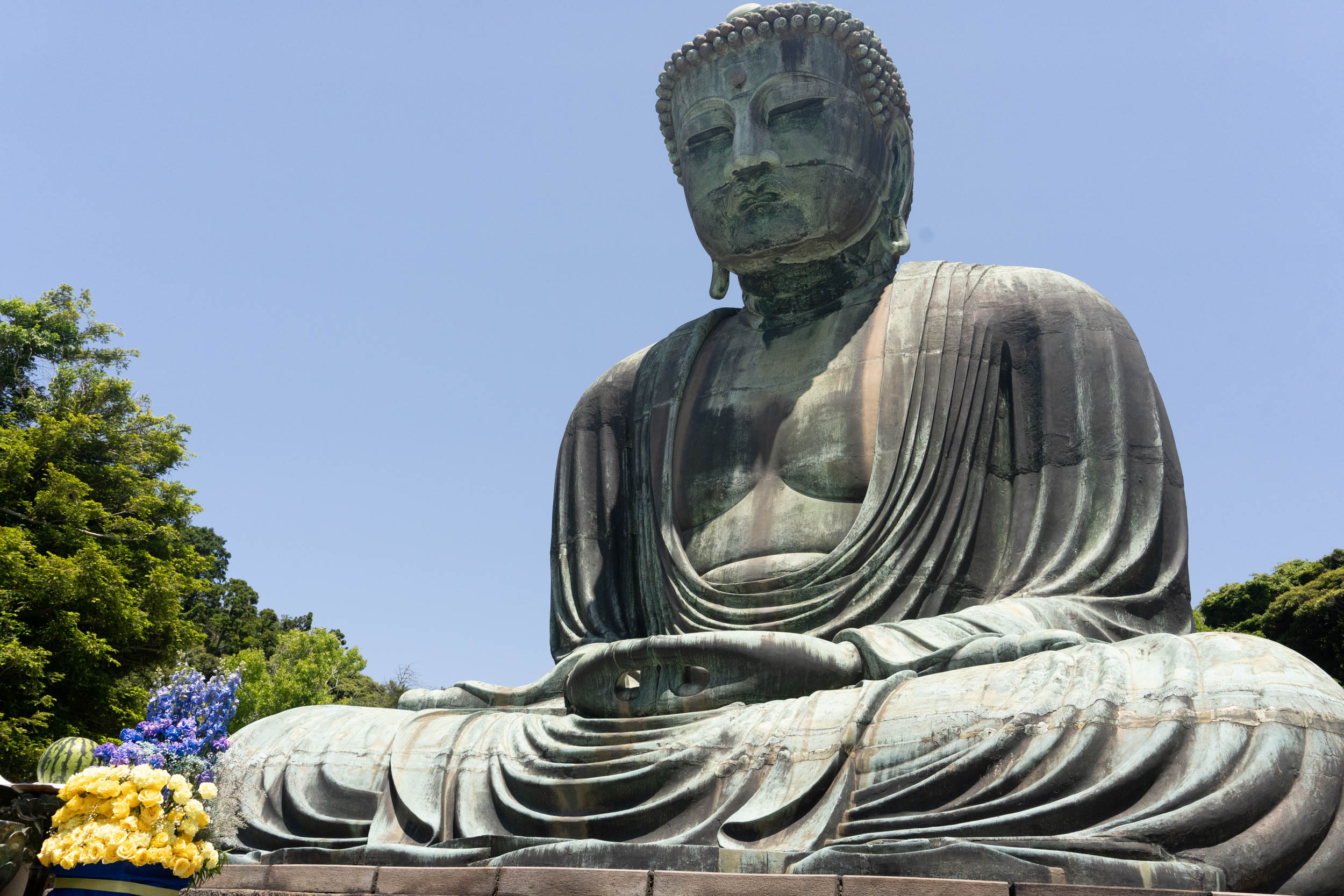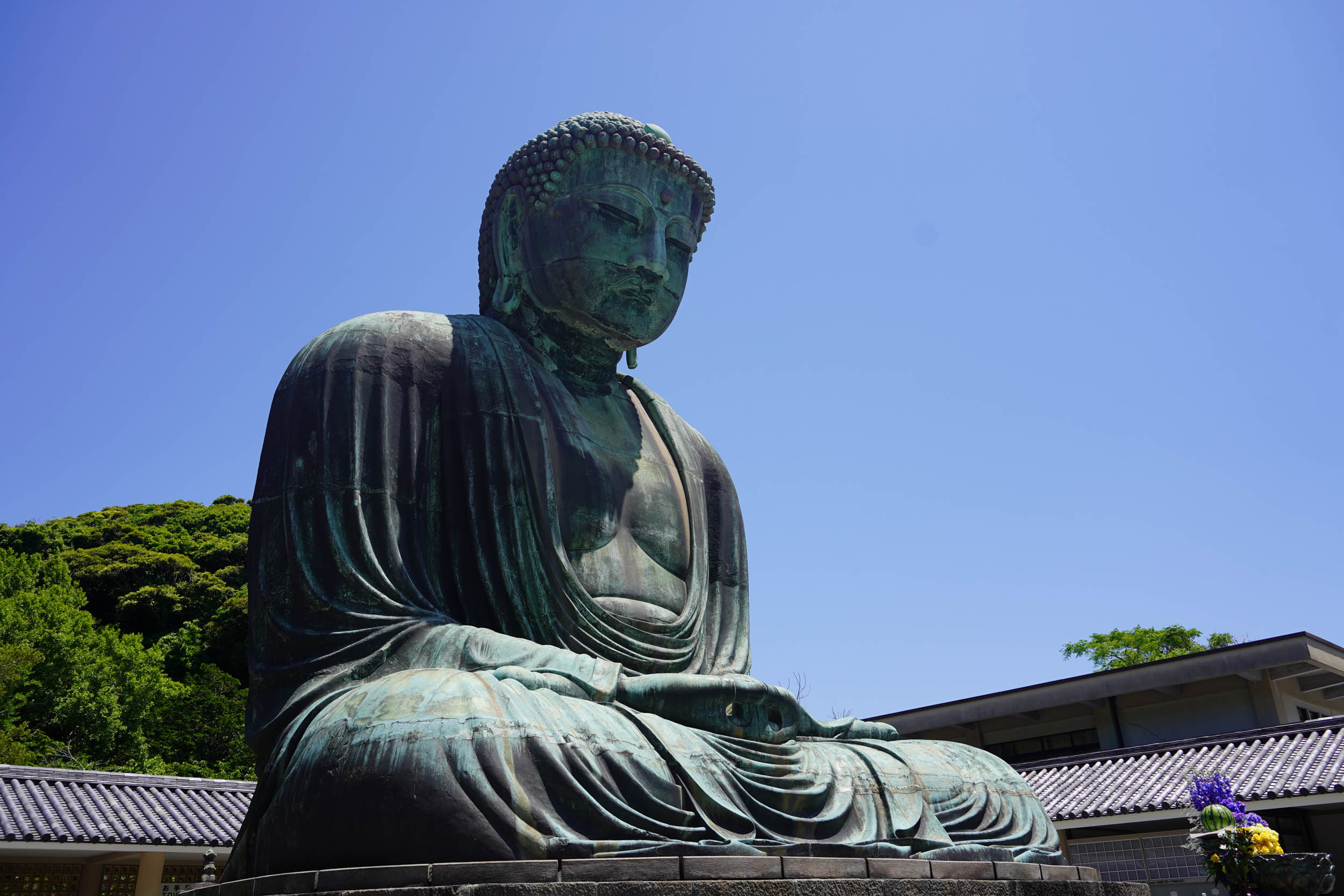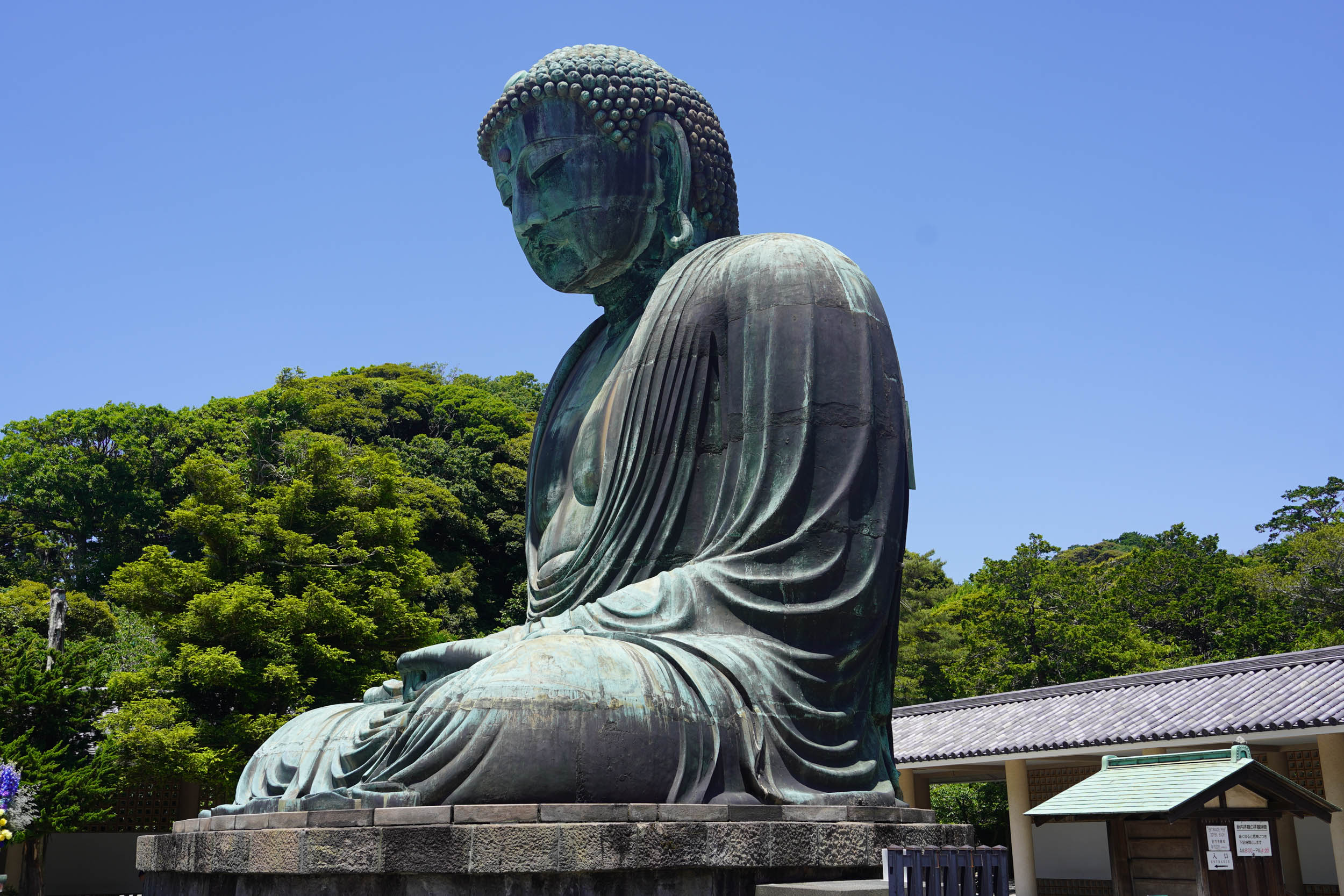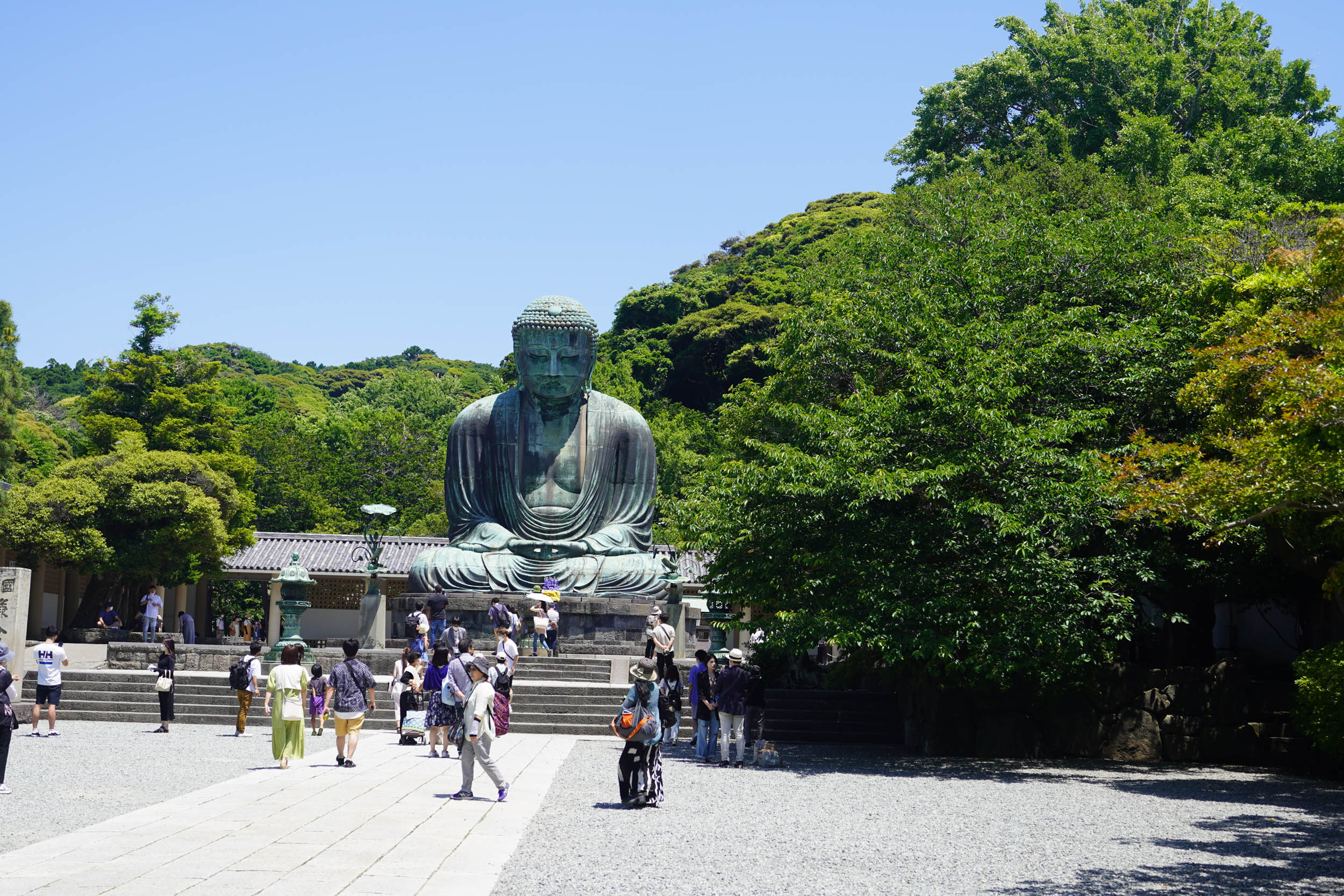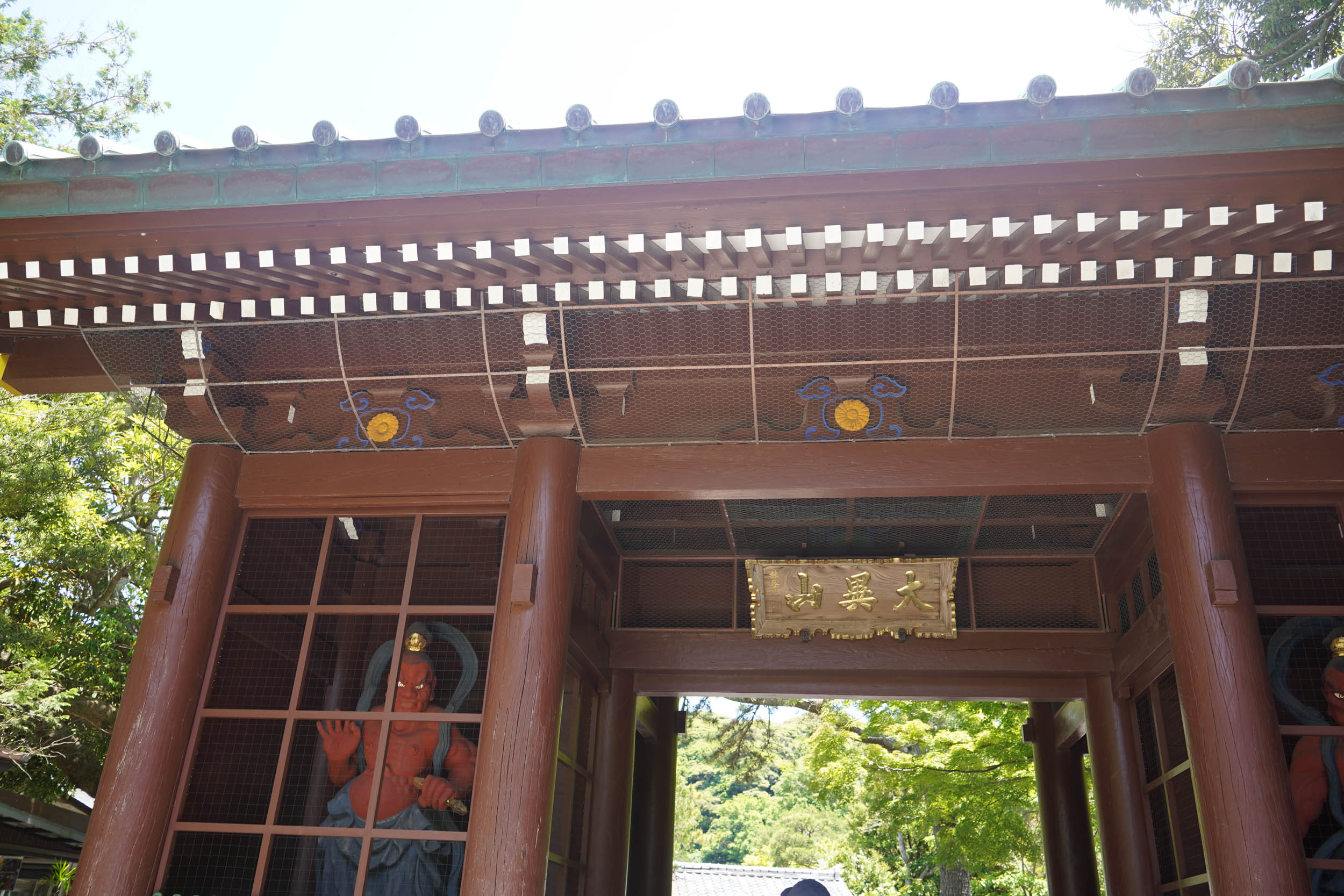Course A
Gokurakuji , Daibutsu Kiridoshi
Gokuraku Daibutsu Kiridoshi
Gokuraku Kiridoshi is now a paved road that has been dug down, but at that time, it was a cliff road deep in the mountains. Enjoy the view from the approach to Seijoin Temple and think back to the traffic of that time.
The Daibutsu Kiridori is a path that, although it runs right beside a main road, allows visitors to walk through the rigors of Kamakura’s traffic in ancient times.
Course Outline
- Difference in elevation: Relatively mild
- Shoes: comfortable walking shoes The slope is also stairs. There will be muddy areas for about a week after rain.

00:00 Villa Kamakura
![]() 00:03 Hoshi no i
00:03 Hoshi no i
Sidewalk on the side of the road
![]() 00:04 HIgiri6Jizo
00:04 HIgiri6Jizo
Sidewalk on the side of the road
![]() 00:10 Sakura Bridge
00:10 Sakura Bridge
Bridge over the Enoden
![]() 00:15 Tsukikage Jizo
00:15 Tsukikage Jizo
Residential Street
![]() 00:25. Uchikoshi Tunnel
00:25. Uchikoshi Tunnel
Narrow tunnel of about 50 meters
![]() 00:40 Entrance to Daibutsu Kiridoshi Fire
00:40 Entrance to Daibutsu Kiridoshi Fire
Ferns and moss-covered rocky mountain paths
01:00 Daibutsu Kiridori junction
Course Highlights
The hike begins immediately after leaving Villa Kamakura.
The Gokurakuji Kiridoshi was an important road to and from Kyoto. At that time, it passed near the precincts of Seijoin Temple, around the area of the present mountain path, and was a steep path next to a cliff. At that time, it was a relief to cross the pass and see Yuigahama beach.
The view of Yuigahama from the approach to JOJUIN was used in a scene from “Otoko wa Tsurai yo Torajiro Ajisai no Koi”. Please enjoy it on the large screen TV and sound bar at Villa Kamakura and on the big screen at Yuigahama Senyo when you stay with us.
The only part of the Gokurakuji Kiridoshi that remains is the Sakura Bridge, but as you walk up the hill in the residential area, there is a ” Touge no Okazu-ya” and the Utsukoshi Tunnel, commonly known as the Haunted Tunnel, is a fun path to follow.
Although Daibutsu Kiridori runs close to a residential area and a main road, you will feel as if you have wandered deep into the forest. From the Hinomisita bus stop, you will pass by houses and enter the Daibutsu Kiridori.
The cool air is immediately followed by the wide open space of the yagura group. You will feel your body’s senses expand, and you will feel as if you have time-traveled back to the Kamakura period. Walking along the Daibutsu Kiridoshi, where rugged rocks are exposed, you can feel the severity of those days.
It is also recommended to continue walking from this course to the Kuzuharaoka and Daibutsu courses.
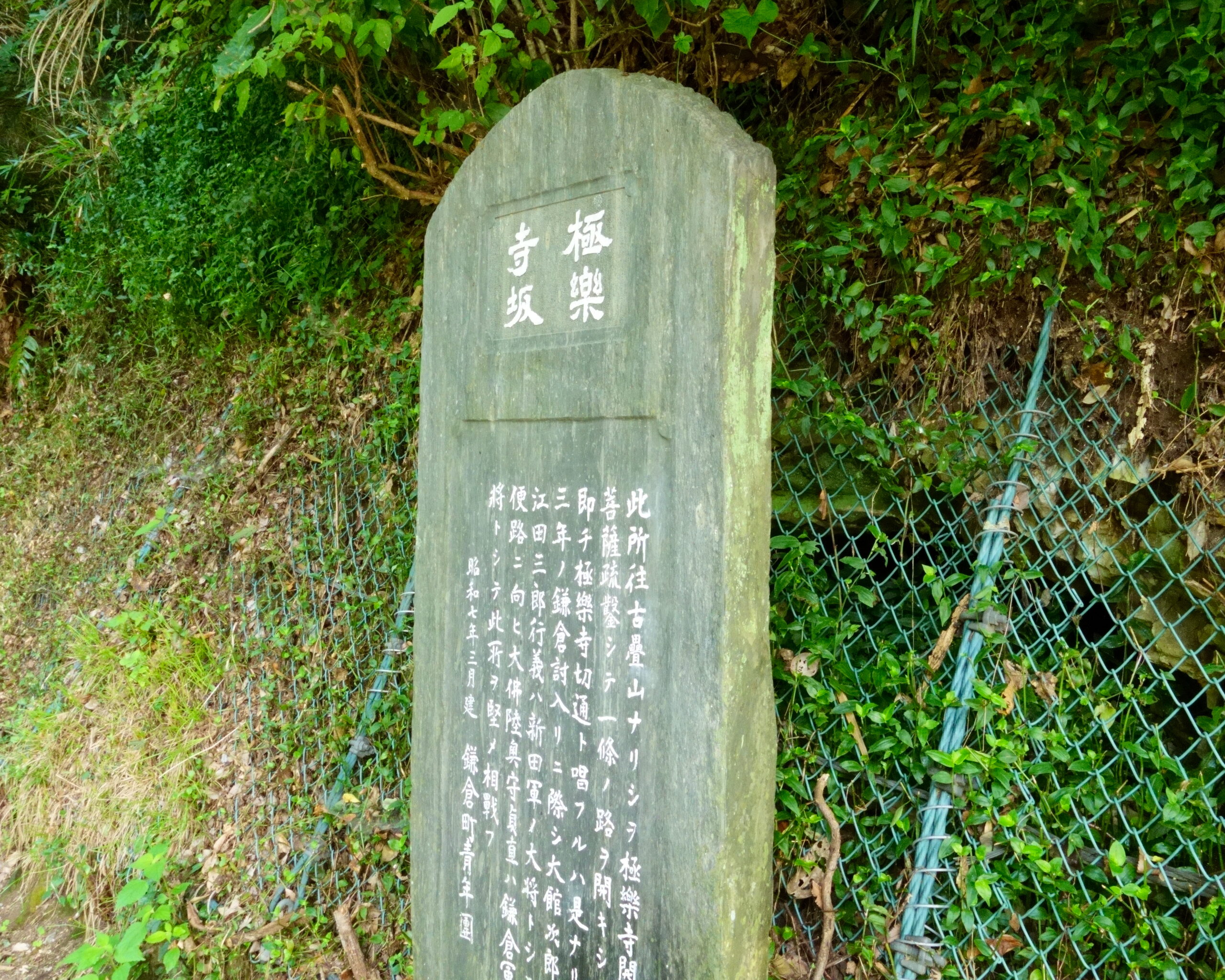
Monument of Gokurakuji-zaka (between ❶and❷ )
The text is inscribed on a stone monument on the Gokuraku-zaka slope in front of the Nichimin Jizo.
The content of the story goes that the mountain used to be a steep place, but a monk who opened the Gokurakuji Temple carved out this path. This slope was an important stage of the battle that marked the end of the Kamakura period.
Warlords from all over the country gathered to overthrow the Kamakura Shogunate and formed an army of 200,000 men. The troops attacked Kamakura through three cut-through roads. One of them is the Gokurakuji cut-through here.
The inscription describes this situation.
View from the approach to Seijoin Temple ❹
At that time, Gokurakuji Kiridoshi was a cliff road that one horse could pass through near this approach. The view of Yuigahama from here is very refreshing.
During hydrangea season, the full hydrangea on the right side of this photo will be in full bloom.
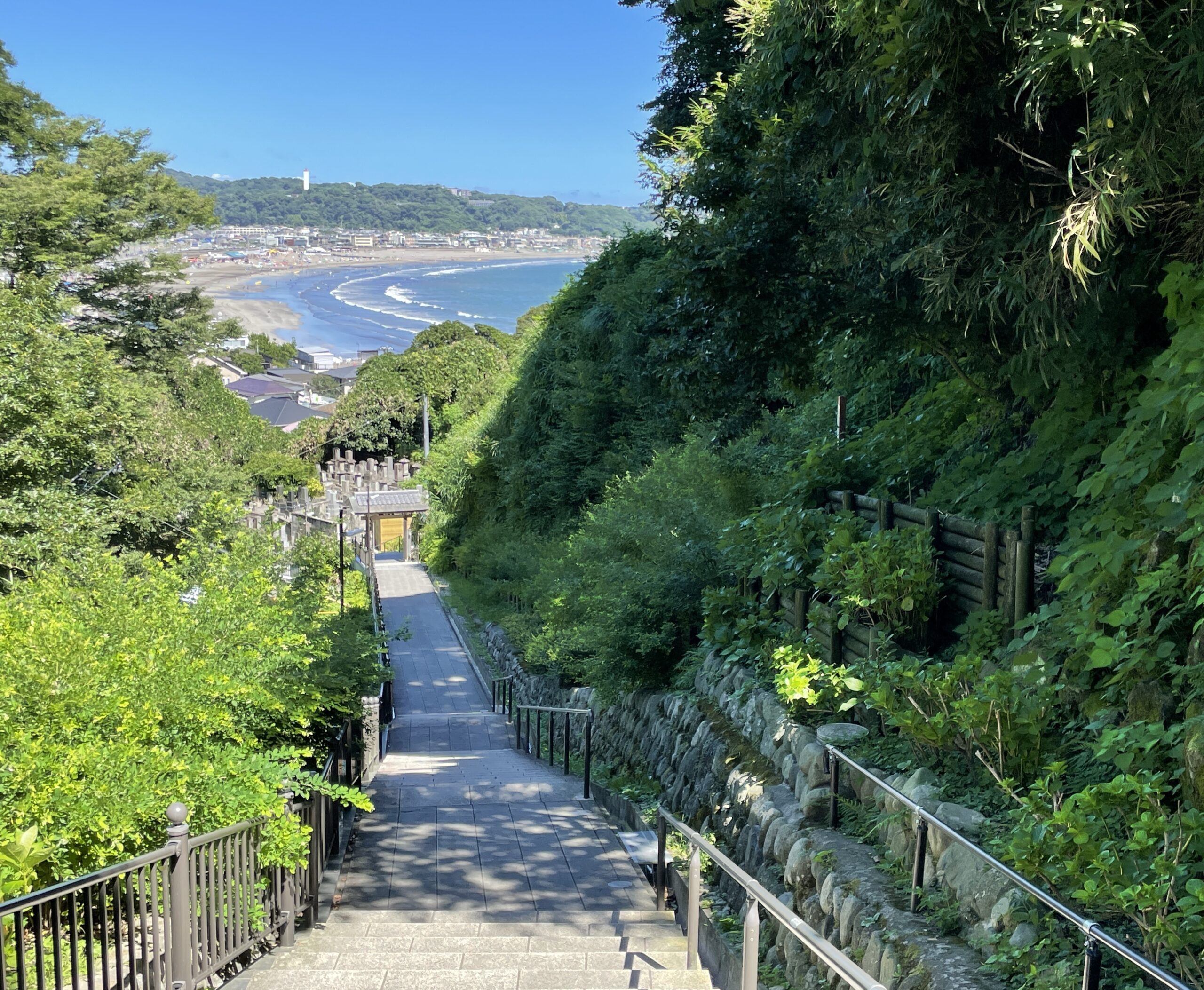

Fire lookout and caves ⓫
Immediately after entering the fire-viewing entrance, there is a large group of yagura. A yagura is an old tomb.
In the cliff wall about 10 meters high, you can see a cemetery that must have been dug at that time. I imagine that the cemetery was a tomb of that time. It must have been a place to store ashes and stone pagodas, and a place to visit.
Daibutsu Kiridoshi ⓬
A short walk uphill from the Yagura group, you will soon enter the Daibutsu Kiridoshi (Great Buddha Kiridoshi). In the records of people coming to Kamakura from Kyoto and other places in the Kamakura period, most of them took Inamura-ji Road in the early period, and some documents suggest that they took Gokuraku-ji Kiridoshi Road in the later period, so the existence of this road is not clear. (From Wikipedia)
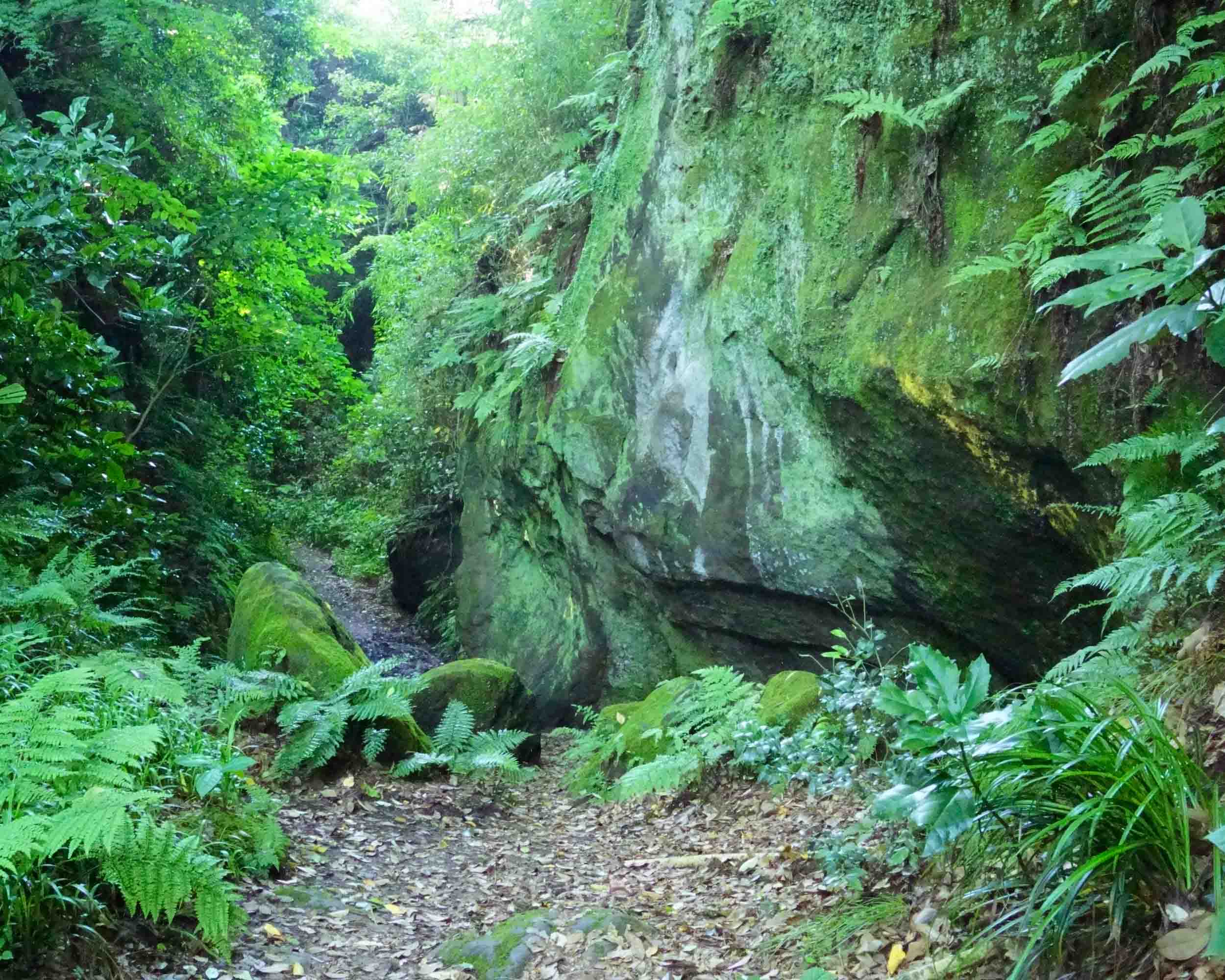
Before the start
(one’s) whereabouts
Check the restroom
Except for the Gokurakuji station in the first half of the course, there are no other stations until near the finish line.
For detailed information on restrooms, see Toshi’s Kamakura Hiking Map.
Packed lunches and beverages
vending machine
There are several vending Vending Machine in the city center up to the Daibutsu Kiridori.
For information on nearby vending machines, go to
Toshi ‘s Kamakura Hiking Map
(The photo shows the last vending machine before the bus stop under the fire.)
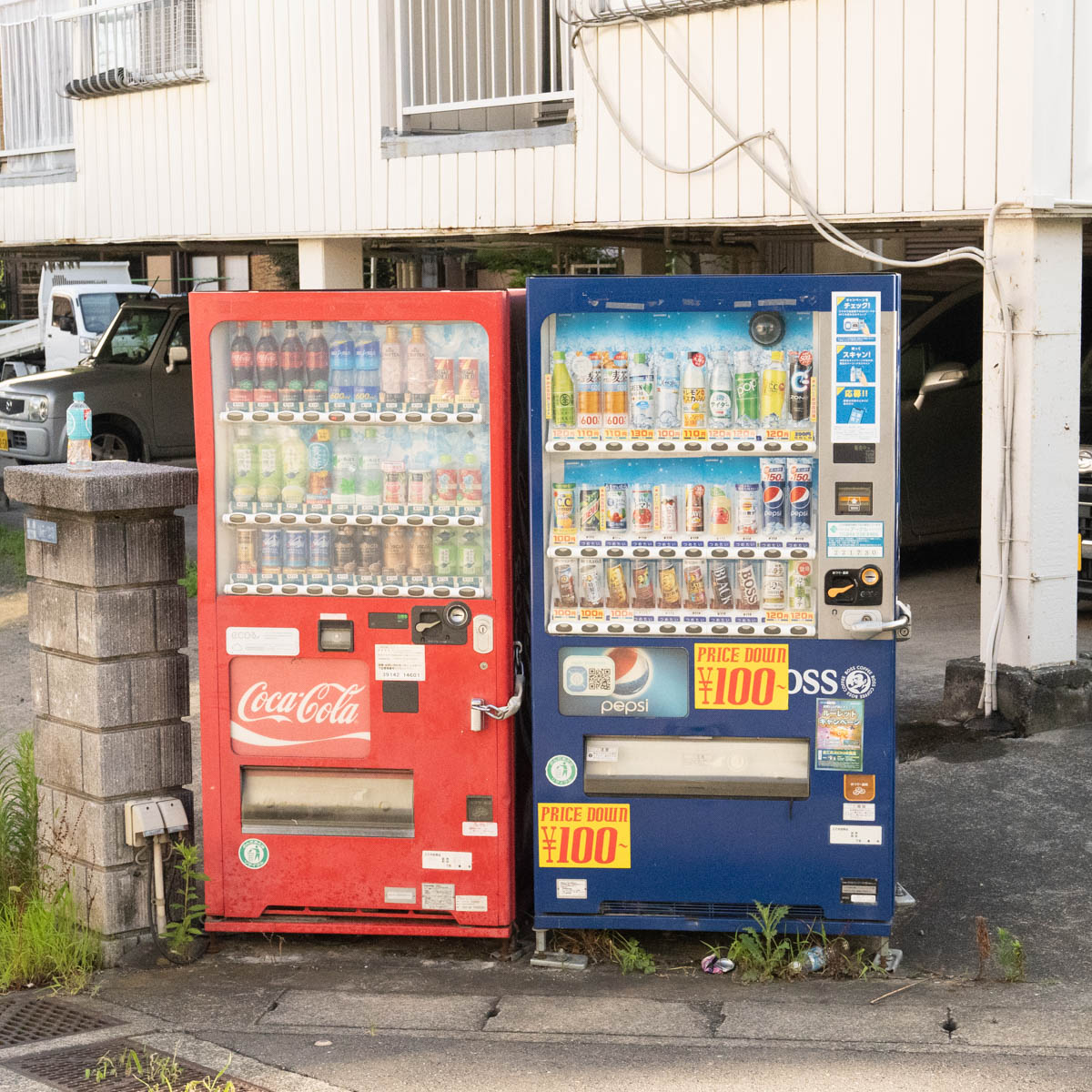
convenience store
Lawson Kamakura Sakanoshita store (open 24 hours)
Google Map
For other convenience store information, visit Toshi’s Kamakura Hiking Map.
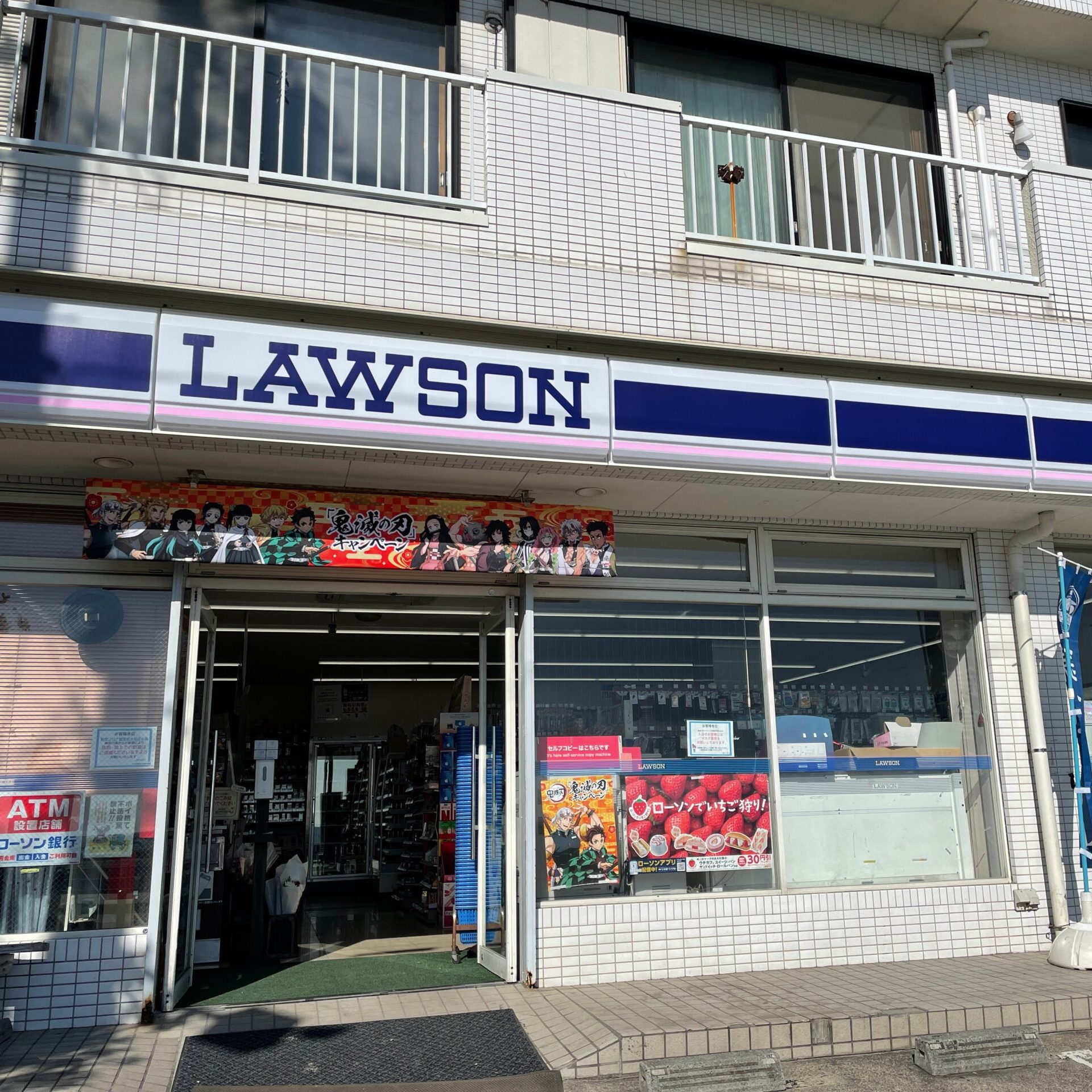
A local favorite for 130 years, a restaurant dedicated to food
You will find a variety of slightly unusual and high-end ingredients, condiments, and sauces.
It has been operated in Sakanoshita for more than 130 years with a focus on food.
We also have a small selection of delicious ham and other items. If you stop by when you are making a small lunch paired with a bagel or baguette, you can create a luxurious dish.
Mitome Shoten
Google Map
Business hours: 10:00-18:00
Closed: Tuesday and Wednesday
recommendation
Freshly baked bread available early in the morning
It is located directly outside the alley of Villa Kamakura.
The store opens at 7:00 in the morning. Aromatic, chewy bread made with French wheat is available.
The Danish bread is also very good.
Brangeley Ensemble
Googel Map
Hours of operation: 7:30-18:00
Sunday: 7:00-17:00
Closed: Monday and Tuesday
Bagels that are good for you
Made with Hokkaido wheat, Haruyutaka, and using only Hoshino natural yeast, sun-dried salt, shimmering mars, and honey, these bagels are gentle on the body. Namimachi Bagel’s lineup of freshly baked bagels begins at 9:30am. Everything is handmade in a workshop in an old house.
Namimachi Bagel
Google Map
Hours of operation: 09:30-16:00
Closed: No regular holidays
Exceptionally tasty cream horns.
This small bakery is located about a minute’s walk from Gokurakuji Station.
I was worried about whether they would be able to make it in a place like this, but all of their bread is extremely delicious.
In particular, the cream horns are excellent, and I hope you will enjoy them with coffee as an accompaniment to hiking.
Boulangerie-Bebe
Google Map
Business hours: 10:00-18:00
Closed: Sunday and Monday
Morning cafe with Scandinavian coffee before hiking
From Gokurakuji Station, a minute’s walk away, is a lovely cafe.
It is run by a young couple. In the morning, they open at 8:30 a.m., making it a great morning stop for breakfast. The coffee imported from Denmark is fruity and refreshing!
The time passes leisurely, and you are likely to linger in the restaurant for a long time.
Pudding made with milk brew (coffee brewed at low temperature with milk) and fresh cream on top is smooth and indescribably delicious. The rare cheesecake with a low sweetness and the crumble cookies on top melt in your mouth.
SOMETHING’S COFFEEHOUSE
Google Map
Business hours: 08:30-17:00
Closed: Wednesday
After the goal
Next course
Turn left at the junction (14) to enter the B: Daibutsu/Kuzuharaoka Hiking Course
I’m tired. I’m leaving.
breaking one’s journey
See the famous Great Buddha of Kamakura
This seated statue was made in the Kamakura period (1185-1333) and is located in Kotokuin temple in Hase, Kamakura.
A national treasure. It is made of copper and stands about 11 meters high.
The Butsuden (Buddhist hall) was destroyed by fire, leaving only the Daibutsu (Great Buddha) in its present form.
